
Kill Your Fox: Psychoanalysis of Contemporary Brno Architecture
17/12/2011 – 15/2/2012, 4AM/Gallery of Architecture, Starobrněnská 18, Brno
The title of the exhibition is a paraphrase of Freud's statement "kill the father," which the founder of psychoanalysis used to illustrate a moment in a person's psychological development influenced by close family and social relationships and ties. According to Freud, healthy personal growth is conditioned by the existence of a distinct father-idol figure, who should be a strong enough opponent so that overcoming him could mean strengthening and subsequently establishing independence for the son-apprentice. Freud illustrated this situation using the example of the Oedipus myth and his encounter with his father in a narrow passage that could only be passed by one person. Oedipus's victory over his father here symbolizes the fulfillment of an important life phase necessary for the further healthy development of the already adult personality.
In the history of Brno architecture, we can relate this role of the iconic father to the figure of architect Bohuslav Fuchs, who is among the most significant representatives of Brno functionalism. Fuchs's buildings and the legacy of this interwar period influenced several generations of Brno architects and is also reflected in contemporary architecture. His figure thus symbolizes a teacher, whose existence is advantageous for the development of a strong creative personality, while subsequent overcoming and finding one’s own path is essential.
The exhibition Kill Your Fuchs aims to explore how five selected Brno creators deal with their role models and what principles manifest in their work. Just like in psychoanalysis itself, conversations, structured by the same questions, play the most important role in the exhibition. In them, we focus on the search for inspirations and close personalities of teachers, on the relationship to the history and theory of architecture, on the perception of one’s own buildings and their future, on the process of creation, and on defining important architectural qualities. The questions here do not pertain to completed works but rather to significant moments in life and a conscious inclination towards other architectural or artistic role models. The specific manifestations of these ties can be testified by the used footage of buildings intertwined with the architects’ statements as well as the authorial installations in individual "sanctuaries" forming the exhibition spaces, which are dedicated to important moments of each architect's creation.
Participating architects:
Markéta Veselá (Maura)
Svatopluk Sládeček (New Work)
Ladislav Kuba, Tomáš Pilař
Antonín Novák, Petr Valenta (DRNH)
Zdeněk Fránek
curator: Petra Hlaváčková
architectural solution: Peter Stec
camera, editing: Tomáš Hlaváček (Guerilla.film)
technical solution and installation: Jaroslav Sedlák
installation: Jakub Kopec, Július Majerník, Pavel Richtr, Jan Svoboda, Agáta Žáčková
graphic design: Vít Musil (The Rodina)
Accompanying program:
20/12/2011 lecture by Kimberly Elman Zarecor (Iowa State University):
How the Avant-Garde Generation Became Communist Bureaucrats: The Case of Architektonická pracovní skupina
at 17:00 in the House of Arts of the City of Brno (Malinovského nám. 2)
Interviews with architects:
05/01/2012 Jan Tabor + guest
12/01/2012 Rostislav Koryčánek + guest
every time at 19:00 in the House of Lords from Kunštát (large hall of the café Trojka)
> www.forum4am.cz
In the history of Brno architecture, we can relate this role of the iconic father to the figure of architect Bohuslav Fuchs, who is among the most significant representatives of Brno functionalism. Fuchs's buildings and the legacy of this interwar period influenced several generations of Brno architects and is also reflected in contemporary architecture. His figure thus symbolizes a teacher, whose existence is advantageous for the development of a strong creative personality, while subsequent overcoming and finding one’s own path is essential.
The exhibition Kill Your Fuchs aims to explore how five selected Brno creators deal with their role models and what principles manifest in their work. Just like in psychoanalysis itself, conversations, structured by the same questions, play the most important role in the exhibition. In them, we focus on the search for inspirations and close personalities of teachers, on the relationship to the history and theory of architecture, on the perception of one’s own buildings and their future, on the process of creation, and on defining important architectural qualities. The questions here do not pertain to completed works but rather to significant moments in life and a conscious inclination towards other architectural or artistic role models. The specific manifestations of these ties can be testified by the used footage of buildings intertwined with the architects’ statements as well as the authorial installations in individual "sanctuaries" forming the exhibition spaces, which are dedicated to important moments of each architect's creation.
Participating architects:
Markéta Veselá (Maura)
Svatopluk Sládeček (New Work)
Ladislav Kuba, Tomáš Pilař
Antonín Novák, Petr Valenta (DRNH)
Zdeněk Fránek
curator: Petra Hlaváčková
architectural solution: Peter Stec
camera, editing: Tomáš Hlaváček (Guerilla.film)
technical solution and installation: Jaroslav Sedlák
installation: Jakub Kopec, Július Majerník, Pavel Richtr, Jan Svoboda, Agáta Žáčková
graphic design: Vít Musil (The Rodina)
Accompanying program:
20/12/2011 lecture by Kimberly Elman Zarecor (Iowa State University):
How the Avant-Garde Generation Became Communist Bureaucrats: The Case of Architektonická pracovní skupina
at 17:00 in the House of Arts of the City of Brno (Malinovského nám. 2)
Interviews with architects:
05/01/2012 Jan Tabor + guest
12/01/2012 Rostislav Koryčánek + guest
every time at 19:00 in the House of Lords from Kunštát (large hall of the café Trojka)
> www.forum4am.cz
The English translation is powered by AI tool. Switch to Czech to view the original text source.
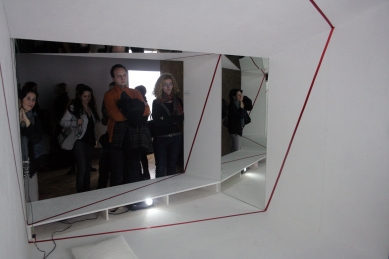
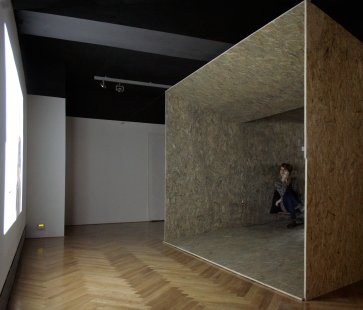
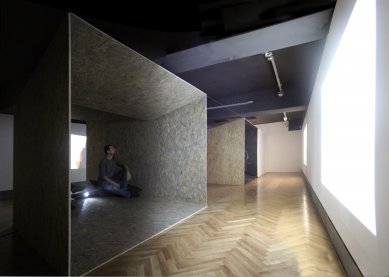
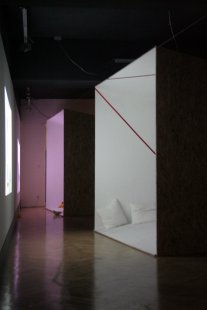
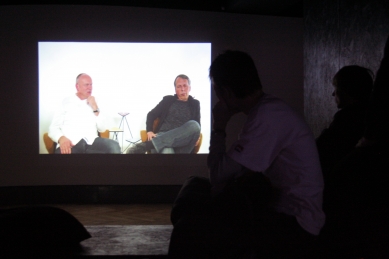
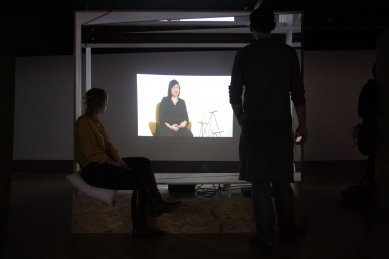
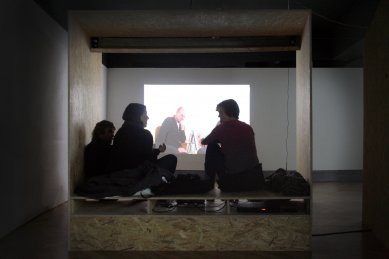
0 comments
add comment










